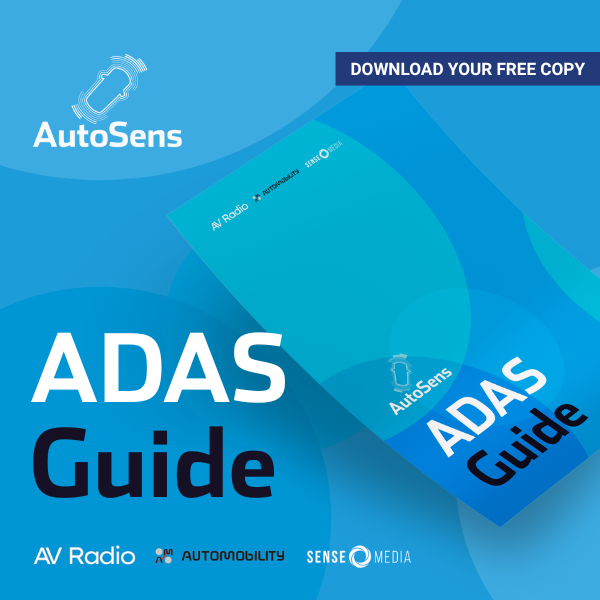Since last year’s InCabin USA event, there have been significant developments in Human-Machine Interface (HMI) trends. The industry is transitioning from initial, bespoke haptic implementations to standardized, scalable solutions, particularly among OEMs.
This shift emphasizes consistent haptic performance across smart surfaces, enhancing user experience and safety. We caught up with Cirrus Logic, to see how their technology is part of driving this progression…
What is Cirrus Logic seeing in the industry trends last since we last met at InCabin last year?
For HMI application we’ve seen the industry moving on from their “gen. 1” haptics implementations, which were often bespoke one-off designs for lower volume applications for steering wheel switches and smart surfaces. There is a move toward detailed haptics specifications to ensure consistent haptics performance for smart surfaces, especially by the premium OEMs.
How is the roll out of haptics into more HMI systems affecting you?
As haptics implementations proliferate in cars, there is more focus, especially by Tier One customers, on delivering high performance haptics at a system cost and cost of ownership which can scale. Our Sensorless Velocity ControlTM (SVC) closed loop control, tuning tools, and integrated diagnostics all help our customers to scale effectively.
Is the industry still focused on the same vehicle applications for haptics?
Yes and no. Still the biggest areas are steering wheel switches and display, with some of the most innovative projects being for the next generation of large, interactive displays. I think this is a very exciting space to be involved in. For the digital generation of users, the center display in a vehicle is a window into the soul of the vehicle. For user experience, the steering wheel remains one of the most important HMI opportunities.
What are some other areas you are working on?
For haptics, the list of interior features is growing, and beyond typical smart surfaces such as control panels and overhead controls we’ve seen smart seat and audio augmentation become a hot topic in the last 6 months.
Beyond haptics in other areas of our product portfolio, the adoption of sophisticated audio features and integrating them in the latest vehicle electrical architectures coincides well with the launch of Cirrus Logic’s precision clocking portfolio. Our family of devices enables critical audio features such as network robustness and time to audio for ADAS alerts in the latest networked audio implementations.
Any other trends we should be aware of for the future?
Infotainment and HMI systems have started moving from the legacy 12 Volt electrical system to the 48 Volt supply rail in new architectures, The first production vehicles are on the market with in-cabin systems such as advanced audio, powered from the 48 Volt bus. While this supply voltage change is imperceptible to the end user, for the semiconductor industry it is an important step, and as you would expect, Cirrus Logic, as a supplier of premium audio ICs, sees this industry trend as a great opportunity for innovation!
The road to next-gen in-cabin experiences is tactile, intelligent, and increasingly electrified. From haptics in smart surfaces to audio innovations powered by 48V architectures, Cirrus Logic continues to drive HMI progress. At InCabin USA 2025, they’re not just following the trend—they’re helping shape what intuitive interaction inside the car looks and feels like.
Interested in exterior sensing technology?
With a pass to InCabin USA, you’ll also get full access to our co-located sister event, AutoSens. Take a look at some of the AutoSens Demos here >>




